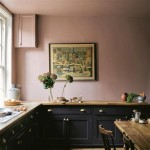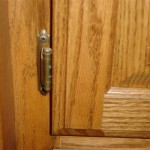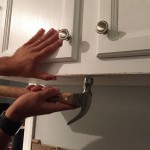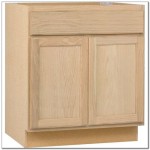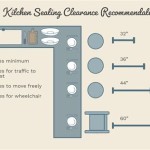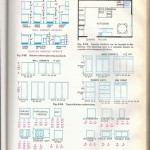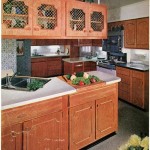Kitchen Cabinet Plywood vs MDF: A Comprehensive Comparison
Choosing the right material for your kitchen cabinets is a crucial decision that affects both aesthetics and functionality. Two popular options often considered are plywood and medium-density fiberboard (MDF). Both materials offer their unique advantages and disadvantages, making it essential to understand their properties to make an informed choice.
Plywood: Strength, Stability, and Versatility
Plywood is a sheet material constructed by layering thin sheets of wood veneer with alternating grain directions. This cross-graining technique enhances strength, stability, and resistance to warping and moisture. Plywood is known for its durability and ability to withstand heavy loads, making it an excellent choice for kitchen cabinets that will be subjected to frequent use.
Here are some key advantages of using plywood for kitchen cabinets:
- Strength and Durability: Plywood's layered construction provides exceptional strength and resistance to warping, making it suitable for heavy cabinet doors and shelves.
- Stability: The cross-graining pattern contributes to dimensional stability, ensuring that cabinets maintain their shape and integrity over time.
- Moisture Resistance: Plywood is less susceptible to moisture damage compared to solid wood, making it suitable for humid environments like kitchens.
- Versatility: Plywood is available in various thicknesses and grades, allowing for customization based on specific cabinet requirements.
- Environmental Friendliness: Plywood is often made from sustainable forest resources, making it an eco-friendly choice.
However, plywood has a few drawbacks:
- Higher Cost: Plywood tends to be more expensive than MDF.
- Potential for Knots and Imperfections: While plywood is engineered, it may still exhibit knots and imperfections, especially in lower grades.
MDF: Smoothness, Affordability, and Moldability
Medium-density fiberboard (MDF) is a manufactured wood product created by breaking down wood fibers into fine particles and binding them together with resin under pressure. MDF offers a smooth, uniform surface and is known for its affordability. It is also highly moldable, allowing for intricate designs and complex shapes.
Here are some key advantages of using MDF for kitchen cabinets:
- Affordability: MDF is generally more affordable than plywood, making it an attractive option for budget-conscious homeowners.
- Smooth Surface: MDF's smooth, uniform surface allows for seamless paint finishes and eliminates the need for extensive sanding.
- Moldability: MDF is highly moldable, enabling the creation of curved and intricate cabinet designs.
- Consistency: MDF offers consistent density and thickness, ensuring uniform cabinet construction.
But MDF also has some downsides:
- Low Durability: MDF is less durable than plywood and can be susceptible to damage from moisture and impact.
- Moisture Sensitivity: MDF is sensitive to moisture and can swell or warp if exposed to prolonged dampness.
- Difficult to Repair: Any damage to MDF is difficult to repair and often requires replacement of the affected area.
- Formaldehyde Emissions: MDF contains formaldehyde, a chemical compound known for its potential health risks. However, reputable manufacturers offer low-formaldehyde or formaldehyde-free MDF options.
Making the Right Choice: Factors to Consider
The best choice between plywood and MDF for your kitchen cabinets depends on your specific needs and priorities. Here are some key factors to consider:
- Budget: If cost is a primary concern, MDF is generally more affordable.
- Durability: Plywood offers superior durability and strength, especially for heavy use and high-traffic areas.
- Moisture Resistance: Plywood is more resistant to moisture than MDF, making it a better choice for kitchens with high humidity.
- Design Requirements: MDF's moldability offers advantages for complex and intricate cabinet designs.
- Environmental Concerns: Plywood is often made from sustainable resources, while MDF's production process can involve formaldehyde emissions.
Ultimately, the best choice between plywood and MDF for your kitchen cabinets is a matter of careful consideration and weighing the advantages and disadvantages of each material. By understanding their properties and your specific requirements, you can make an informed decision that ensures both quality and value for your kitchen renovation project.

Mdf Vs Plywood Choosing The Right Wood For Your Project Bob Vila

Plywood Vs Melamine Mdf Choice Cabinet

Plywood Vs Melamine Mdf Choice Cabinet

Mdf Vs Plywood Make The Right Choice

Plywood Vs Mdf Particle Board Difference And Comparison Truww

What Is The Difference Between Plywood And Mdf Quora

Engineered Wood Vs Plywood Mdf Hdf

Mdf Vs Plywood Cabinets Which Is Best For Your Remodel

Differences Between Wooden Boards Mfc Mdf Hdf And Plywood Ivan Hardware

Plywood Vs Melamine Mdf Choice Cabinet
Related Posts

